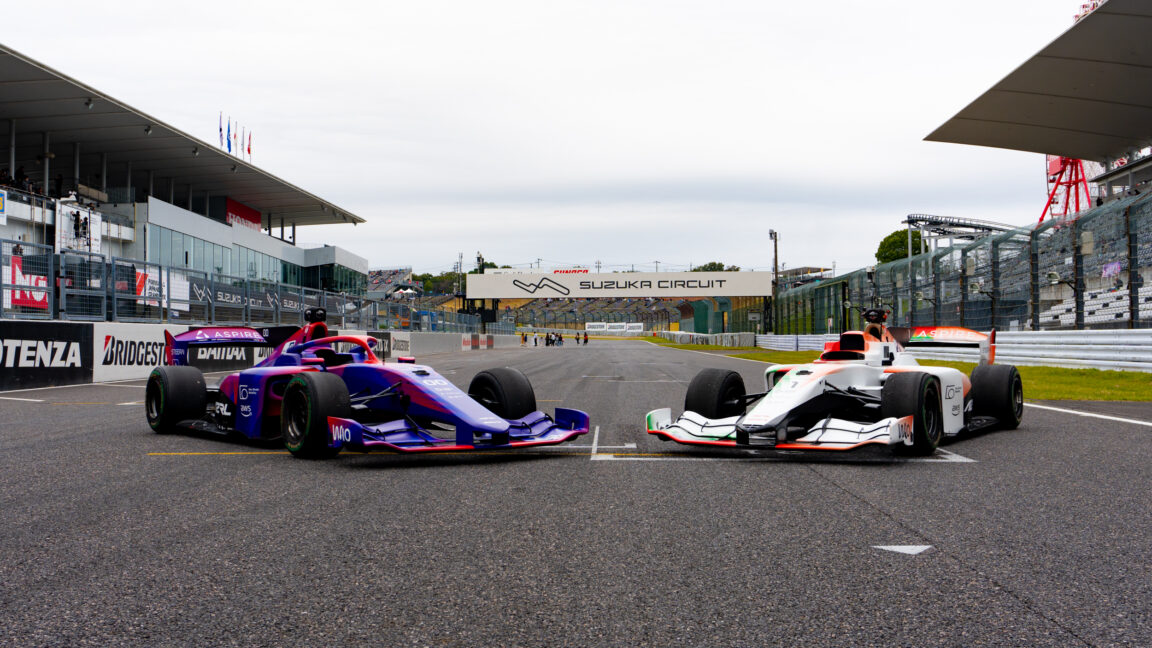Fashion
Fashion, Efficiency, And Competition: How Inditex Is Staying Ahead In A Crowded Market

Another positive set of results for Inditex (Zara parent company) indicates the business’s strategy … [+]
In the hyper-competitive world of fashion retail, where brands like Nike, Shein, H&M, and Primark continually fight for market share, Inditex has once again shown why it remains a dominant force, balancing creativity, operational efficiency, and sustainability in its 2024 first-half results, highlighting both its strengths and the challenges it faces in a fiercely competitive market.
With a 7.2% growth in sales to €18.1 billion and gross profit increasing by 7.5% to €10.5 billion, Inditex continues to lead the fashion pack. However, the company’s success is not just about fashion-forward designs; it’s also about the way Inditex navigates an increasingly digital world, manages operational efficiency, and ensures sustainability. While the company’s results are certainly impressive, it’s worth considering how Inditex stacks up against other key players in the retail landscape.
The Omnichannel Approach: An Ambition for Seamless Integration
One of Inditex’s major strengths is its omnichannel integration, blending physical stores with a strong online presence. This seamless shopping experience has been critical in keeping Inditex at the forefront of fashion retail, particularly as consumers increasingly demand flexibility in how they shop. Whether online, in-store, or through a combination of both, Inditex has ensured that the customer journey is fluid and consistent.
But Inditex isn’t alone in pushing this omnichannel strategy. H&M, one of its closest competitors, has also been heavily investing in its digital transformation, improving online shopping experiences and integrating digital tools in-store. Similarly, Nike, a dominant force in the athleisure market, has refined its direct-to-consumer strategy through its digital ecosystem, which includes apps, loyalty programs, and virtual experiences. These competitors are closing the gap on omnichannel excellence, proving that while Inditex is a leader, it cannot rest on its laurels.
Meanwhile, fast-fashion disruptor Shein strategy focuses on its ultra-efficient online-only model. By forgoing physical stores, Shein has kept its overheads low and focused on rapid trend turnover—often outpacing even the likes of Zara in trend adoption. This presents a unique challenge to Inditex’s omnichannel approach, as Shein’s model is hyper-responsive, particularly to younger, trend-focused consumers.
Operational Efficiency: Inditex’s Secret Weapon
Beyond creativity, Inditex’s real differentiator has been its operational efficiency. Operating expenses in the first half of 2024 rose by just 6.8%, which is comfortably below the growth in sales. This focus on cost control allows the company to continue investing in innovation and expansion while maintaining healthy profit margins. Inditex has long been known for its efficient supply chain, with production hubs close to its main markets allowing for rapid response to changing consumer tastes.
However, efficiency in operations is not unique to Inditex. H&M has been working hard to streamline its own supply chain, increasing the speed at which it can bring products to market while also addressing concerns around sustainability. Likewise, Primark, with its budget-friendly fashion, has recently expanded its international footprint and remains focused on providing high volumes of low-cost goods. Although Primark lacks a fully-fledged e-commerce offer, its operational model of fast, large-scale production has enabled it to compete fiercely on price—something Inditex must continuously monitor as it operates at a higher price point.
Creativity and Speed: Keeping Pace with Shein
Inditex has always positioned itself as a leader in creative, on-trend designs that reach stores quickly. Its Spring/Summer 2024 collections were well-received, helping drive sales growth of 7.2%. The company’s ability to capture and react to consumer preferences quickly, thanks to its flexible supply chain, one of its greatest strengths.
But this edge is under pressure. Enter Shein, the online fast-fashion giant known for producing and delivering new designs at lightning speed, often at significantly lower prices. Shein’s use of real-time data to identify trends and immediately translate them into products has raised the stakes for the entire industry. Even Inditex, with its highly responsive supply chain, must grapple with Shein’s ability to churn out products even faster and at a price point that is hard to beat.
That said, where Inditex holds a clear advantage is in brand perception. Consumers may flock to Shein for low prices and rapid trend turnover, but Inditex’s brands, particularly Zara, maintain an aura of style and quality that Shein struggles to replicate. For now, this distinction helps Zara stand apart from its ultra-fast fashion rivals, but the rise of Shein and others serves as a warning that even the most efficient fashion giants can be outpaced in today’s data-driven retail environment.
Sustainability: A Non-Negotiable Focus
Inditex has communicated regularly that it is addressing sustainability, an increasingly critical factor for consumers and investors alike. The company states it has embedded sustainable practices throughout its value chain, from sourcing to production and logistics. However, the challenge here is that many of Inditex’s competitors are also ramping up their sustainability efforts.
Nike, for example, has made significant strides in sustainable product innovation, introducing recycled materials and environmentally friendly production methods. Primark, too, despite its focus on low-cost fashion, has committed to making its clothes more durable and sustainable. H&M continues to push forward with its sustainability agenda, offering more eco-friendly materials and implementing recycling programs across its stores.
The difference for Inditex will be in how effectively it can scale its sustainability efforts while continuing to deliver profitable growth. Sustainability is not just a buzzword anymore; it’s a key determinant of long-term success, and all major players in the fashion industry are moving in this direction.
Inditex’s 2024 first-half results showcase a company at the top of its game, but the competitive landscape is evolving rapidly. From Shein’s ultra-fast, online-only approach, and Primark’s expansion into new markets, Inditex faces fierce competition on all fronts. Operational efficiency, creative excellence, and a focus on sustainability will remain crucial for Inditex, but these are no longer unique differentiators—they are industry essentials.
In this increasingly crowded marketplace, Inditex’s challenge will be to keep refining its model, embracing digital transformation, and maintaining its balance between speed and quality, all while ensuring that its sustainability efforts continue to resonate with the modern consumer. For competitors, the message is clear: Inditex sets a high bar, but there is still room to disrupt and innovate.










